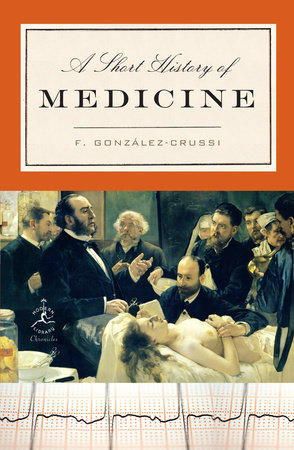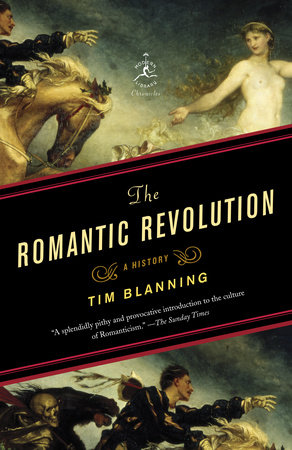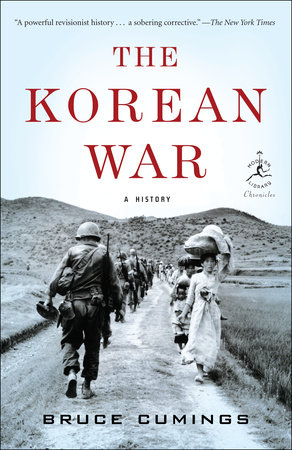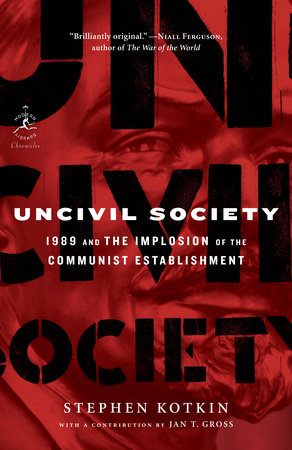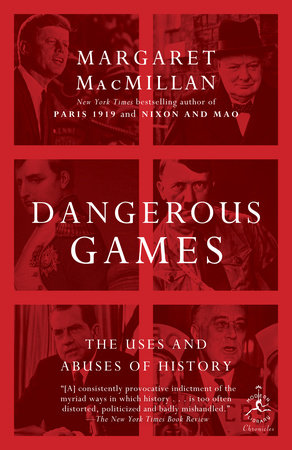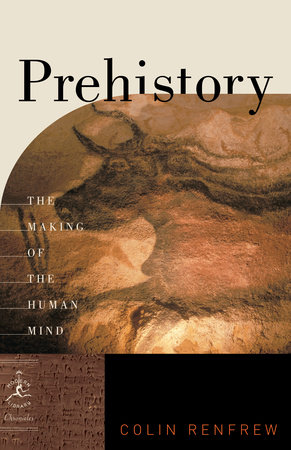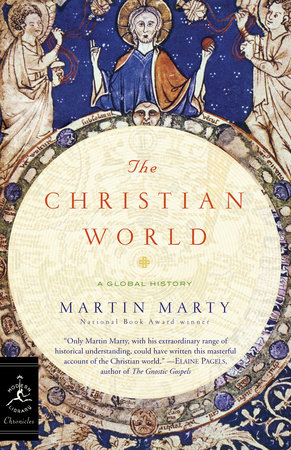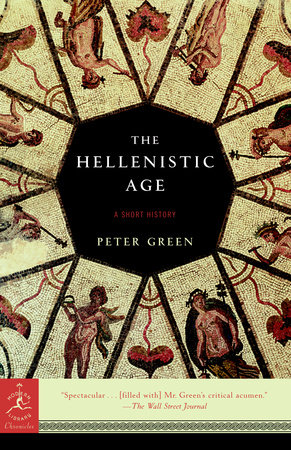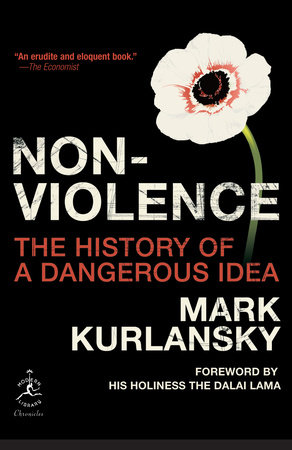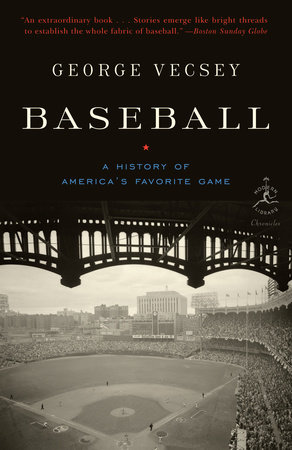Excerpt
A Short History of Medicine
If Western medicine is unique, it is because it made the body an object of systematic, scientific study. This is not stating the obvious. The human body has innumerable symbolic meanings, all emotionally charged and often contradictory. Turning it into an object of orderly inquiry and meticulous investigation was no small achievement.
It seems that for some cultures, the body hardly exists at all. Certain aborigines of New Caledonia, in the South Pacific, use the same words to name the parts of the body and the plants or other objects of their natural environment, between which they perceive a resemblance. For instance, the skin of the body and the bark of trees are designated by the same term; the identical word is used for the flesh of human limbs and the pulp of fruits; and the various inner organs share names with the produce that they outwardly resemble. In this society the body is not thought of as an independent entity but is indistinguishable from its surroundings. Similarly, in European societies during the Middle Ages and in certain communities in more recent times, alchemical notions have linked various parts of the body to the constellations of the sky: Aries “rules” the head; Leo, the heart; Scorpio, the genitals; and so on. The body lacks a clear border; in the elemental imagination, it merges with the rest of the cosmos. To cut or incise the body, as in anatomical dissection, would have seemed an aggression against the continuum that linked man and his environment, an attempt against the unity of the world. The impulse to study the body’s anatomy could hardly have arisen in a society in which such concepts prevailed.
Other societies surrounded the body with religious sentiments. In the Judeo-Christian tradition, in which man was created in God’s image, the body is a temple. Thus, it deserves solemn respect. On the other hand, the same tradition gave rise to ascetic movements in which the body was a repository of sin, a despicable, filthy thing that ought not to be made the center of an honest man’s concerns, much less an object of serious study. Either stance was contrary to anatomical investigation. In the Middle Ages, all intellectual activity resided in the Catholic Church, but no clergyman ever distinguished himself as a surgeon or even as a barber (the profession which was then in charge of minor surgical procedures), due to the severe ecclesiastical prohibition against all forms of bloodshed.
For all their admirable medical insights, ancient India and China did not make the interior of the body the basis of their medical systems. And neither the ancient Egyptians nor the ancient Mexicans contributed anything of substance to the knowledge of anatomy. It is astonishing that the opening of innumerable human bodies in ritual practices—the Egyptians embalmed tens of thousands of human and animal cadavers; the Aztecs sacrificed countless victims by opening the chest and extracting the heart—should not have sparked curiosity about the structure of the organs they exposed. Yet their attitude was different: they looked at the world from a mythicoreligious perspective that was incompatible with an impersonal regard of objective reality. Thus, conceiving of the body as an autonomous object and deeming it worthy of study—these are the signal achievements of Western medicine.
The Greeks, as is often the case in the history of Western civilization, take the palm for intellectual curiosity. Still, Hippocrates (c. 460–c. 377 b.c.) knew very little anatomy and did not seem interested in correcting his ignorance: there is no record in the entire Corpus Hippocraticum—his own writings and those of his followers—of any mention of anatomical dissection. Aristotle (384–322 b.c.) constructed a remarkable system of anatomical knowledge, all the more admirable when one reflects that he never dissected a single human body. It was entirely based on dissections of animals: birds, reptiles, mammals, and especially monkeys. But Aristotle was above all a thinker: the body was for him principally an object of metaphysical speculation.
Aristotle was a student of Plato, for whom the world of the Ideal took precedence over the more pedestrian here and now. The Aristotelian philosophical system is formidable, but when it deals with corporeal form it becomes sketchy. Aristotle, the famous Stagirite, seeks to explain the human body’s position in the universe, how it came into being, what its origins are, and the meaning of its life. The details of bodily structure are secondary to the comprehensive nature of his metaphysics.
Two scholars of the Hellenistic civilization did perform anatomical dissections of human bodies: Herophilus (c. 335–c. 280 b.c.) and Erasistratus of Ceos (c. 325–250 b.c.). Both settled in Alexandria, Egypt, a great intellectual center of the ancient world, where Greek communities had long existed and which was the site of the fabled library containing more than half a million volumes, eventually destroyed in a fire. Little is known of these two men. They left no written works and are known only from references by other authors.
Herophilus was born in Chalcedon, an ancient town situated near today’s Istanbul, Turkey. He is credited with having named the duodenum (so called because it is twelve—duodeni—finger breadths long) and the prostate (Greek prostates, “standing before,” since it is placed before the rectum); and for having determined that the arteries are full of blood, not air, as was commonly believed. This misconception may have arisen because arteries, having thick musculoelastic walls, tend to contract postmortem, so that in the cadaver they are usually empty; the blood, having been squeezed out of them, fills the veins, which have thinner, distensible walls. Herophilus also described several brain structures, including a site of cranial venous confluence that still bears his name (torcular Herophili, or “Herophilus’s press”). He traced the course of nerves to their origin in the brain, thereby firmly establishing that impulses for voluntary movements travel from the brain, the site of the will and the reasoning faculty, to the extremities via the nerves, not via the arteries, as was wrongly believed.
His younger colleague and collaborator Erasistratus was born in a hamlet on the island of Ceos (or Keos) and studied in Athens. He described the cardiac valves, named the tricuspid valve, and confirmed and extended many of Herophilus’s observations on the cranial nerves. He stuck to the belief that arteries carry air and explained the bleeding that follows their severance by proposing that the arterial walls, like all tissues, are made of tightly woven tiny veins, which promptly bleed to fill the vacuum that ensues when the artery is cut. The explanation may strike us as far-fetched, but it was perfectly in keeping with the concepts of his time. And it took genius to realize, long before the invention of the microscope, that all tissues possess innumerable small blood vessels (today we call them capillaries), aggregated into a dense network. Erasistratus imagined that the nutriment carried by these vessels poured between the spaces of the net, the parenchyma (Greek for “something poured in beside”).
His realization that the cardiac valves function like guards that impede retrograde flow was no less astounding, given that it came eighteen centuries before the discovery of the circulation by William Harvey (in 1628) and at a time when no valve-based propelling pump had been invented. He may be excused if his explanation of the one- way valves is part of a theoretical system that today sounds like pure nonsense.
There is a somber note that dims the glory of these two outstanding savants. Apparently, the Aristotelian idea that true knowledge of bodily structure is possible only by studying a living being prompted them to vivisect men. The kings of Alexandria, desirous of maintaining their city as a leading center of the arts and sciences, granted permission for condemned criminals to be officially surrendered to the anatomists, who then “legally” laid them open.
Some historians have cast doubt on the reality of that practice. If it did take place, one shudders to think what scenes of indescribable torture may have taken place in the dissection rooms of Herophilus and Erasistratus. The miserable, wretched victims were slowly cut open, their bloody, trembling organs exposed, turned over, palpated, and inspected; all amid shrieks of pain and under the cool glance of the anatomists and their pupils and assistants. Little wonder that such Christian writers as Saint Augustine and Tertullian fulminated against them and their practices, calling them ferocious beasts and bloody butchers. Again, one must place their actions in the proper historical context. The Roman Empire was on the rise. These were times when weekend family entertainment consisted of watching gladiators hack each other to death, wild animals devouring human beings, and other similar “amusements.” Some spectators of these “games” jumped into the arena, rushed over to an agonized gladiator, and drank his fresh blood or tore out a piece of his warm liver to eat in the belief that such ingestion could cure epilepsy.
After the brilliant Alexandrian period, the study of anatomy waned into the intellectual lethargy of the Middle Ages. Interest in human anatomy was briefly rekindled by the famous Galen (a.d. 129–c. 199), who for some time held the post of physician in charge of the gladiators of the arena of his native Pergamum (today Bergama in Anatolia, present-day Turkey). In this capacity, he observed the horrible mutilations and ghastly tears that the fighters sustained, and through the gashes he certainly observed, as best he could, the conformation of the internal structures. But public opinion had changed: there was now great respect for the cadaver, and sentiment was strongly against perturbing the soul’s peace in the hereafter by cutting up the body it had once tenanted. Anatomical dissection was viewed as a profanation. Ironically, this culture, which was so disrespectful toward living humans—as seen in the oppressive treatment of their women, the cruel abuse of their slaves, and the merciless, bloodthirsty character of their amusements—held the dead in great reverence.
Galen displayed prodigious activity. He dissected thousands of animals in public demonstrations: reptiles, birds, camels, bears, dogs, weasels, rats, mice, lynxes, and even elephants. But he favored pigs and monkeys for his demonstrations, because of the purported similarity of their organs to those of humans. Unable to assuage his curiosity, he did not waste any opportunity to look at human bodies whose insides had been fortuitously exposed. Thus, he once stopped by a town that had been ravaged by a flood, and while everyone else was running about loudly lamenting the disaster, he was delighted to see that a corpse, tossed ashore by the receding waters, had decomposed in such a way that various parts were still articulated and freed from concealing tissues, “as if it had been prepared by an expert anatomist.”
The anatomical concepts owed to Galen’s indefatigable labors became dogma. They were based largely on extrapolations from findings in animals, but they would last unchallenged for a thousand years. Galen himself, in spite of his great intellectual curiosity, felt that there was a knowledge of anatomy that was “necessary” and another kind that was “superfluous.” Physicians had very few treatment options at their disposal. They could reduce bone dislocations, set fractures, and perform certain procedures that required no more than a cursory knowledge of the muscles and joints of the limbs. They developed treatments for the injuries of the gymnasium or the battlefield. But attempting to intervene inside the body was off limits: intrathoracic or intra-abdominal operations were almost invariably fatal. Hence, Greek physicians adhered to the opinion of their most prominent brethren: that a physician should have some knowledge of anatomy, chiefly of the extremities, but to worry about the cardiac valves or the cerebral ventricles was foolishness. Would they be able to treat diseases of these structures? Their time would be better invested in learning what was possible.
Medicine in the Roman Empire, having achieved its climax with Galen, went into a state of decline, despite the efforts of some isolated physicians of the Byzantine historical period, such as Oribasius of Pergamum (c. 325–c. 400), Aëtius of Amida (502–575), and Paul of Aegina (Latin, Paulus Aegineta: c. 625–c. 690). Scientific knowledge was, in fact, kept alive by Arabian scholars. The world owes an incalculable debt to the scholars of what has been variously called Islamic, Arab, or Arabic medicine (although they were not all votaries of Islam nor necessarily ethnic Arabs) for having perpetuated the classic legacy of Greece and Rome. These were men such as Avicenna (Abu Ali al-Husayn ibn Abd Allah ibn Sina, 980– 1037), Rhazes (Abu Bakr Muhammad ibn Zakariya al-Razi, c. 865–c. 925), Maimonides (Moshe ben Maimon, 1135–1204), Albucasis (Abu al- Qasim, c. 936–c. 1013), and others. (These physicians will be discussed at greater length in the next chapter.)
Since Arabic, the language of the Qu’ran, was the lingua franca during the expansion of Islam, these scholars were able to establish links with the traditions of the Far East, including India and China, a fact that tends to be overlooked by medical historians. Although remote contacts are obscured by fictional tales and legends spawned by the proverbially fertile Oriental imagination, there is firm historical evidence of close intellectual cooperation between China and the Arab world from at least the seventh century well into the eleventh. A great Islamic physician of the early fourteenth century, Rashid al-Din al-Hamdani, wrote a book that contained much Chinese traditional medicine and even proposed that the Chinese written language should be adopted as the language of science, on account of its being less ambiguous. Conversely, one Chinese physician, a member of a group of scholars who visited Rhazes, stayed with this famous alchemist-physician for a year, learned to speak Arabic, and announced his intention to copy the sixteen books of Galen, which were at the time the basis of Islamic medicine. A tradition says that the Chinese physician, whose name is forgotten, not only copied the voluminous texts but amazed everyone by copying faster than it was dictated to him by using a shorthand method of his own invention. But “something must have happened on the way back to China,” says the great orientalist Joseph Needham regretfully, because there is no trace of Galenic medicine in the Chinese medical body of knowledge.
In spite of the valuable contributions of Arabic medicine and the cross-fertilization that it fostered, Islam prohibited anatomical dissection, and the study of bodily structure did not advance significantly. Thus there was a prolonged hiatus from anatomical study during Roman times up to the Renaissance.


